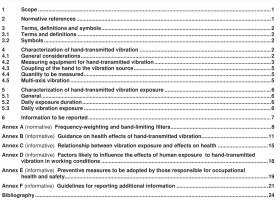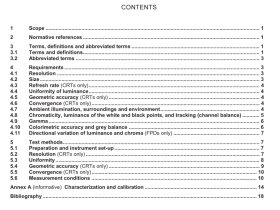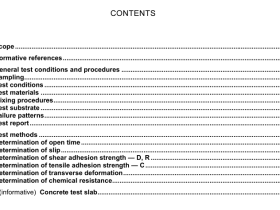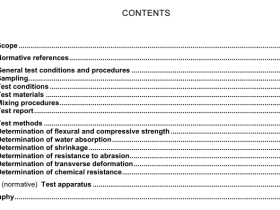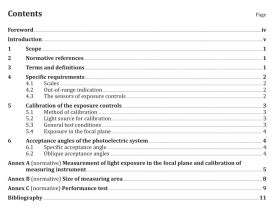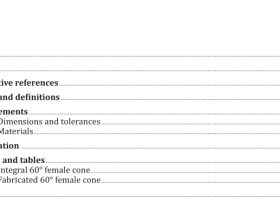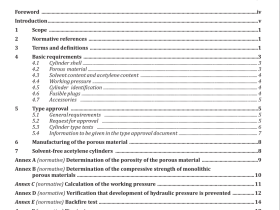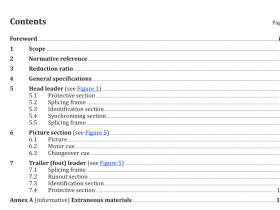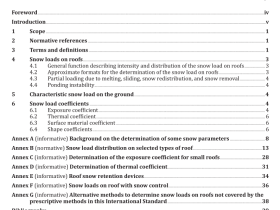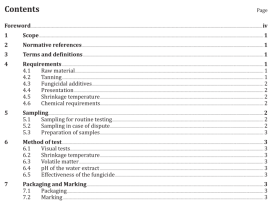ISO 17860 pdf download
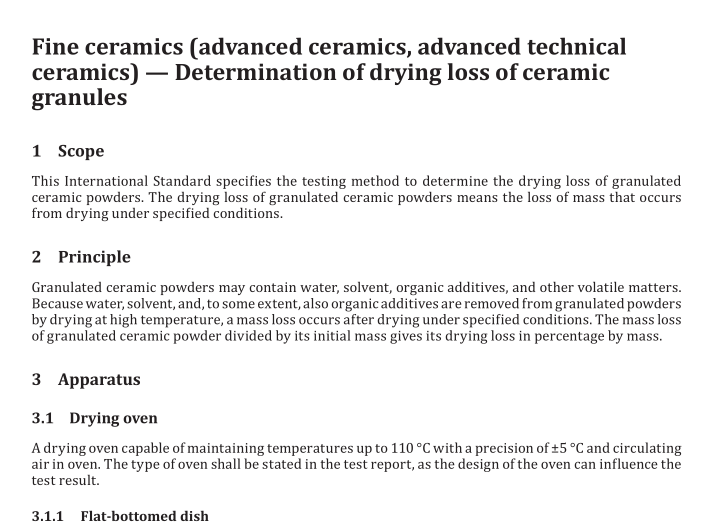
ISO 17860 pdf download Fine ceramics (advanced ceramics, advanced technical ceramics) — Determination of drying loss of ceramic granules
1 Scope
This International Standard specifies the testing method to determine the drying loss of granulatedceramic powders. The drying loss of granulated ceramic powders means the loss of mass that occursfrom drying under specified conditions.
2 Principle
Granulated ceramic powders may contain water, solvent, organic additives, and other volatile matters.Because water, solvent, and, to some extent, also organic additives are removed from granulated powdersby drying at high temperature, a mass loss occurs after drying under specified conditions.The mass lossof granulated ceramic powder divided by its initial mass gives its drying loss in percentage by mass.
3Apparatus
3.1 Drying oven
A drying oven capable of maintaining temperatures up to 110 °C with a precision of +5 °C and circulatingair in oven. The type ofoven shall be stated in the test report, as the design ofthe oven can influence thetest result.
3.1.1 Flat-bottomed dish
A flat-bottomed metallic dish (for example, tin or aluminium), approximately 50 mm in diameter and30 mm in height. The dimensions of the dish are not critical, but the base should be flat to ensure goodthermal contact and to permit the test portion of the powder to be spread to a thin, even layer (thethickness of powder can have a significant influence on the test result).
3,1.2Balance
A balance capable of weighing at least 10 g with a precision of +0,001 g (1 mg).
3.1.3 Desiccator
A desiccator containing a desiccant such as dried calcium chloride impregnated with cobalt chloride
3.2 Moisture analyser
A moisture analyser with a precision of +0,001 g (1 mg) that has a halogen or infrared heating source(instead of the apparatus described in 3.1).
Sampling4
4.1 The granulated ceramic powder should be tested in the as-received condition.
4.2The test shall be carried out on three different test portions. For routine in-process-quality-control-measurements,only one test is sufficient.
NOTESelect representative test sample using a sample splitter or equivalent method.
5 Procedure
5.1 Procedure 1: Drying oven
When using a drying oven described in 3.1, procedure is as follows.
5.1.1 Dry an empty and clean flat-bottomed dish at(110 + 5)C for at least 2 h and allow it to cool downto room temperature in a desiccator.
5.1.2Weigh the empty dish to the nearest 1 mg.
5.1.3Put a granulated ceramic powder into the dish and spread it evenly over the bottom of the dish bygentle movement of the dish until it gives a layer with a thickness of about 5 mm to 10 mm.
5.1.4 Weigh the as-received powder in the dish to the nearest 1 mg (m)).
5.1.5 Place the dish with the powder in an oven and dry it at (110 + 5)C for 2 h. When the drying iscompleted, transfer the dish to a desiccator and allow it to cool to room temperature.
NOTEIf organic additives contained in granulated ceramic powder decompose or evaporate at 110°C, selecta lower temperature to dry the dish with the powder considering the nature ofthe material.The condition chosenshall be shown to be adequate for complete drying using a separate series of tests. Record the temperature in thetest report.
5.1.6 Weigh the dried powder in the dish to the nearest 1 mg (m2).
5.1.7 Compare the mass of dried powder (m2) with that of as-received powder (m) lf a mass loss bydrying is more than 3 mg, repeat 5.1.5 to 5.17 until it becomes less than 3 mg.
5.1.8 Repeat 5.11 to 5.1.7 with two additional portions and average the results.
5.2 Procedure 2: Moisture analyser
When using a moisture analyser described in 3.2 procedure is as follows.
